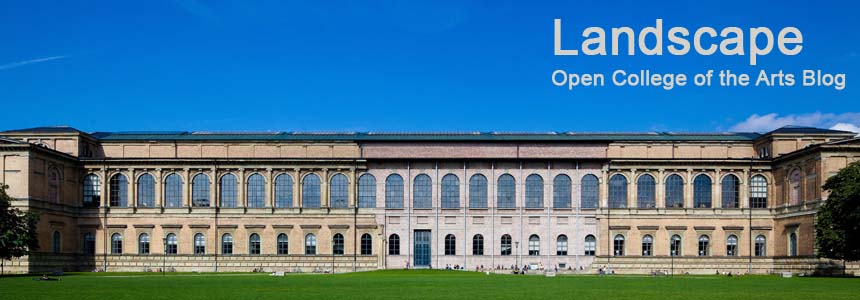As I start this course there are a number of best practices that I want to adopt to help me to develop as a photographer and as an artist. I separate photography and art here deliberately, but understand that they cannot be treated independently. When I think about photography in this context, I think about handling skills, developing an eye, understanding light, and even mastering the technological workflow. When I think about art, it is about the intent of my photographic work, its relationship to society, how it fits into the canon of previous photographers, and where it sits relative to existing artistic mores.
In the courses I have so far completed I have tended to focus more upon the photography, adding artistic context whenever I can. As I advance through the degree it is clear to me that I must start to place artistic context much higher in my priorities. I still have very much to learn on the technical side, however, focus must shift towards a deepening understanding of the art of photography.
To this end it is my intent to study the work of other photographic artists and try to disseminate what their work means to me in this blog. To date I have read fairly extensively on the subject of photographic theory and practice, particularly around the historical and cultural underpinnings of photography. This has provided a good groundwork and one that I need to continue to develop, however, I feel I need to spend far more time and effort in studying individuals or movements, particularly contemporary ones.
Fortunately I love to collect photobooks, by far the best way to gain access to other artists work, even though some can be quite expensive, it is a worthwhile investment. Typically they are well printed and present the artists work in an order and format that they themselves have defined. Furthermore most well produced books have an introductory essay deepening the information provided. My alternative sources are the web, photo magazines and galleries. The web is not a bad source, but frequently an artists work is present in limited form, both in size and scope. I have subscribed to both the British Journal of Photography and Aperture, and find these to be an excellent introduction to an artists work, but only very superficially per issue. Finally I will try to get to more galleries, although here in Munich I have not been overwhelmed by photographic exhibitions.
Although, in town at present, are two exhibitions, the first in the city museum presents photographs by Bernd and Hilla Becher, a couple very high on my list of artists, so am hoping to head off to this in the next day or two. The other exhibition at the Villa Stuck, overviews many different photographers work, including Cindy Sherman, Nan Goldin, to name a few that I will be very interested to see actually on the wall.
Streetlife
Supplementing this I need to spend more time looking at the historical development of landscape art through painters and sculptors, Munichs excellent art collections will help.
Supplementing this I need to spend more time looking at the historical development of landscape art through painters and sculptors, Munichs excellent art collections will help.
Finally I appreciate that there are far more photographic artists in the world than I could possibly have time to study and so I need some focus. I have obtained several of the recommended course books and some of these provide a good overview of the genre of Landscape so will be reading these in due course. I also have a number of books featuring the work of well established even historical names in photography, such as Ansel Adams, Alfred Stieglitz, Edward Weston, Don McCullin, Robert Adams, Fay Godwin, to name a few. To these I have added a number of photographers, who might also be refered to as street or social documentarians, Stephen Shore, Joel Meyerowitz, Lee Friedlander, and William Eggleston, all of whose work contains a substantial sense of place, otherwise known as landscape.
However, my greatest personal interest is in the work of German photographers, particularly those who studied under Bernd and Hilla Becher at the Düsseldorf School of Photography; Andreas Gursky, Thomas Struth, Candida Höfer, and Thomas Ruff, plus others such as Michael Wolf and Peter Schlör. I live in Germany and experience the same landscape as these artists as well as being exposed to similar influences or even constraints in a country noticeably wary of any form of surveillance. I feel closer to these artists, perhaps by location, but principally their work strikes a chord with me. Perhaps it is the frequently technical subject matter or the strong use of symmetry I see, coupled with a certain rejection of romantic themes in the landscapes they image.
In any case, I plan to spend much more time looking at and thinking about other artists work and then developing these influences in my own. Let’s see where this takes me over the next year.

No comments:
Post a Comment